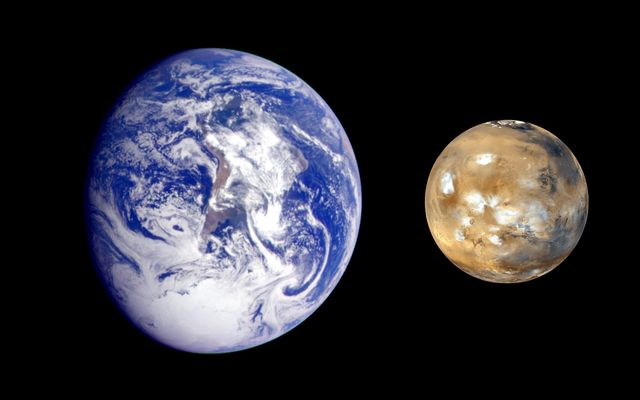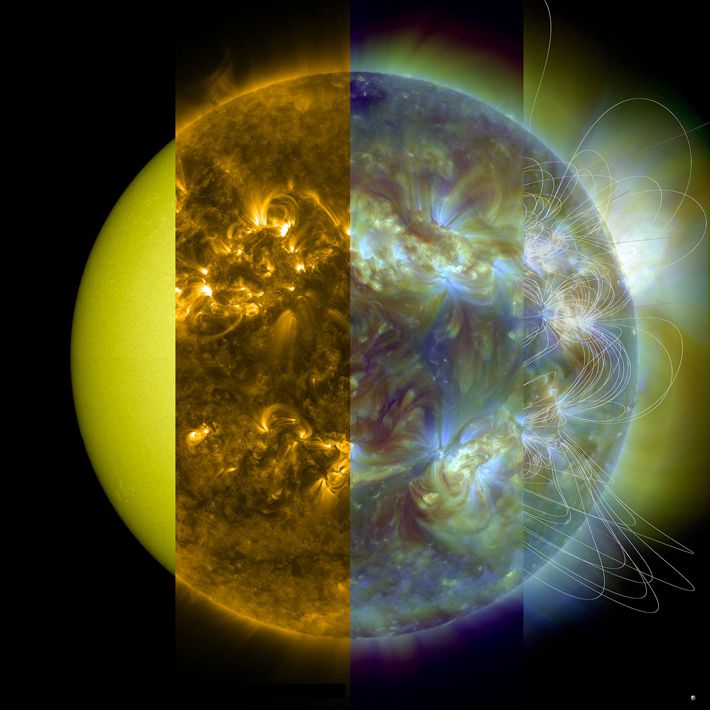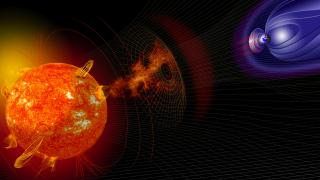

|
| Open Menu |
| Local page - | Space Science menu - | New energy menu - | Economy menu - | Food & Restaurants - | General menu |
| More classified links |

Discovery Program |
Asteroid Watch - Mars Exploration - PlanetQuest - Spitzer - Solar System Exploration - Global Climate Change - Cassini - Mars Science Lab |

The Mars Exploration Program |
Operating Missions |
Mars Science Laboratory |
Mars Mission |

The Heliophysics Science Division |
Heliophysics Missions |
NASA Science: Heliophysics |
Heliophysics Missions |

NASA Planetary Science |
The Planetary Missions |
NASA Science Astrophysics |

NASA Earth Science |
Space Earth Missions |
The International Space Station |

The Voyager Mission |
Clic
for your Research of books on Amazone about: Space |
|
Amazone : Astrophysic - Astronautic
- Astronautic - Astronomy
- Astronomy - Space Astronomy
- Space Astronomy
|
|
| Directories : | Yahoo: Science - Space - News and Media MSN: Space News - Demoz: Science - Space - News and Media - Astronomy |
 
Copyright WaoLine, The Internet Interactive and Dynamic Visual Directory |